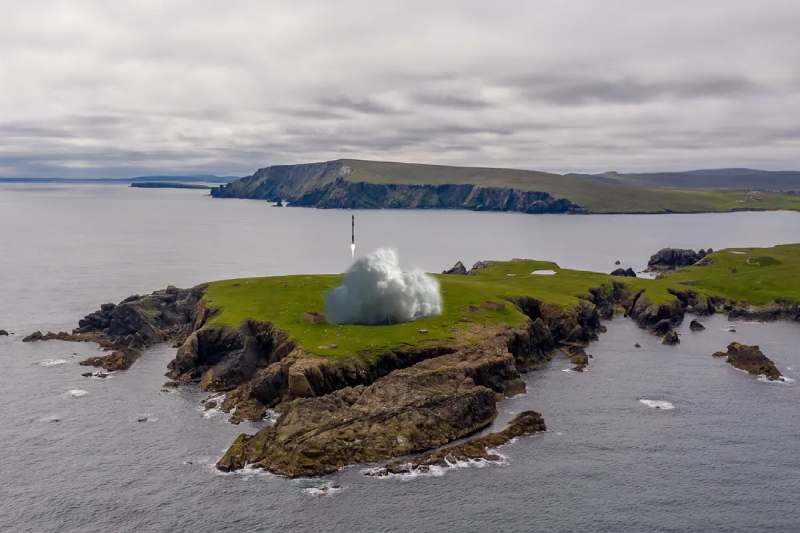The UK’s first vertical rocket launch spaceport will be located on Shetland Island

Unst has long been well-known for its incredibly diverse wildlife, immaculate beaches, and unspoiled ocean views. Britain is now leading space travel with the isolated island of Shetland.
Located on a secluded peninsula of the island, a former RAF base has been transformed into the first licensed spaceport in the UK for vertical rocket launches. It will make it possible to launch up to 30 satellites and other payloads into sun-synchronous, polar orbits that are highly sought after by satellite operators for communications and Earth observation. These orbits are commercially valuable.
A 2017 study named the SaxaVord spaceport as the location where the largest payloads of rockets could be launched into space with the least amount of risk to ground personnel in the event that the spacecraft malfunctioned and crashed back to Earth.
Located at the northernmost point of the British Isles, the island, home to roughly 650 people, was one of the first Viking outposts in the North Atlantic. Because of its location, rockets launching from it do not have to cross over populated areas, in contrast to those launched from other sites, which must make dog-leg maneuvers that reduce the amount of payload they can carry.
The first rockets to launch into space from Unst next year have now received approval from the Civil Aviation Authority (CAA). The spaceport’s project manager, Elizabeth Johnson, told the BBC that it is “a lifeline for our islands.” “To keep the island viable, we need social and economic activity.”
The closure of the RAF base, the airport, and other services, such as care facilities, schools, and doctor’s offices, have caused hardships for Unst.
Pat Burns, the proprietor of the Final Checkout café, told the Guardian in 2017 that “it’s absolutely stunning here.” are Shetland’s most northern and picturesque island.
However, many of the youth continue their education, and once they are on the mainland, they find little reason to return. Opportunities and jobs may result from this.
The spaceport’s development, which includes three launch pads and a hangar for rocket assembly, has so far come at a cost slightly less than £30 million. At SaxaVord, plans are also in place to construct a hotel and visitor center.
“Granting SaxaVord their licence is an era-defining moment for the UK space sector [and] marks the beginning of a new chapter for UK space,” stated Tim Johnson, director of space regulation at the CAA.